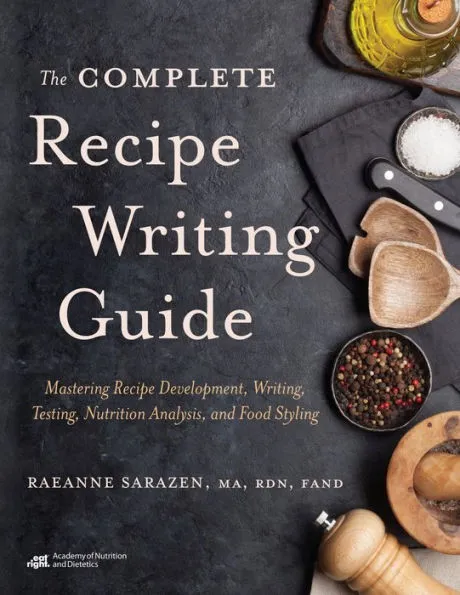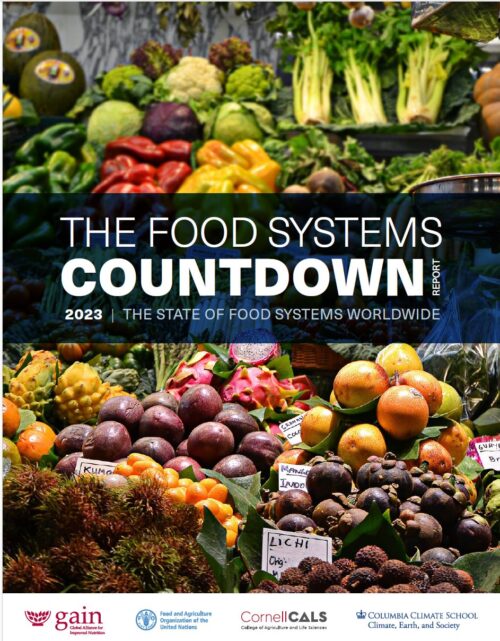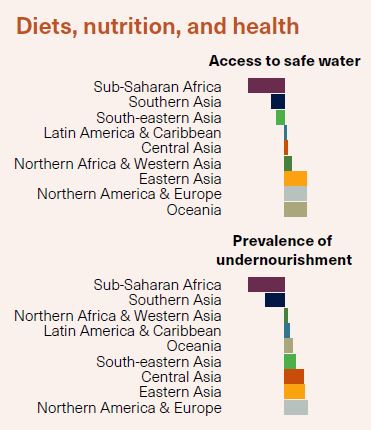I see stores selling Kratom all over my downtown Manhattan neighborhood and am curious about it (no, I have not tried it, nor do I intend to).
I took a look at the websitesof the American Kratom Association (AKA) and the FDA’s Kratom page.
The AKA describes itself as “a consumer-based, nonprofit organization, focuses on setting the record straight about kratom and gives a voice to those who are suffering by protecting their rights to possess and consume safe and natural kratom.” It says:
Natural kratom comes from the mitragyna speciosa, a tropical evergreen tree in the coffee family native to Southeast Asia…Naturally occurring Kratom is a safe herbal supplement that behaves as a partial mu-opioid receptor agonist and is used for pain management, energy, even depression and anxiety that are common among Americans. Kratom contains no opiates, but it does bind to the same receptor sites in the brain. Chocolate, coffee, exercise and even human breast milk hit these receptor sites in a similar fashion.
Thus, according to the AKA, Kratom is something like chocolate or breast milk.
The FDA, in fact, defines Kratom in much the same way:
Kratom is a tropical tree (Mitragyna speciosa) that is native to Southeast Asia…Kratom is often used to self-treat conditions such as pain, coughing, diarrhea, anxiety and depression, opioid use disorder, and opioid withdrawal. An estimated 1.7 million Americans aged 12 and older used kratom in 2021, according to the Substance Abuse and Mental Health Services Administration’s National Survey on Drug Use and Health.
So far so good.
But the AKA is calling on the FDA to regulate Kratom. This may sound highly responsible, but the AKA is doing this because the FDA refuses to have anything to do with this product and warns against its use.
The FDA says:
- Kratom is not an approved drug: “There are no drug products containing kratom or its two main chemical components that are legally on the market in the U.S.
- Kratom is not an approved dietary supplement: “FDA has concluded from available information, including scientific data, that kratom is a new dietary ingredient for which there is inadequate information to provide reasonable assurance that such ingredient does not present a significant or unreasonable risk of illness or injury.’
- Kratom is not an approved food additive: “FDA has determined that kratom, when added to food, is an unsafe food additive.”
- Therefore, kratom is not lawfully marketed in the U.S. as a drug product, a dietary supplement, or a food additive in conventional food.
The FDA’s Q and A:
- What can happen if a person uses kratom? FDA has warned consumers not to use kratom because of the risk of serious adverse events, including liver toxicity, seizures, and substance use disorder (SUD). In rare cases, deaths have been associated with kratom use…However, in these cases, kratom was usually used in combination with other drugs, and the contribution of kratom in the deaths is unclear.
- How is FDA protecting the public from the risks of kratom? FDA has also taken steps to limit the availability of unlawful kratom products in the U.S. We will continue to work with our federal partners to warn the public about risks associated with use of kratom.
The AKA says its mission is to
- Support Consumers. The FDA does everything it can do to interfere with the right of consumers to make informed choices about products they use for their health and well being, and their war on kratom includes distributing disinformation on kratom that materially misleads consumers and policy makers. Our goal is to change that.
- Educate. Kratom is a natural plant that helps consumers improve their health and well being for centuries. Our goal is to educate all Americans with the truth about kratom — from potential consumers to regulators and everyone in between.
- Speaking the Truth on Kratom. We represent millions of Americans that each have a story to tell. The FDA wants to drown out the individual voices, but we will raise those voices and together we will be heard across America.
- Global Awareness. Anti-kratom detractors are trying to expand kratom bans across the world. We hope to demonstrate responsible use and the health benefits of kratom will convince other countries to responsibly regulate kratom, not ban it.
- Protect Natural Resources. Kratom is a precious natural resource that is an important part of our global ecosystem. We support and advocate for sustainable harvesting techniques and reforestation protecting existing kratom forests to protect the climate and the invaluable carbon exchange kratom trees contribute to the environment.
Oh dear. While this disagreement continues, Kratom is readily available in shops that sell CBD and other cannabis derivatives.
What’s especially interesting about this difference of opinion is that the FDA usually keeps hands off —says not one word about—products sold as dietary supplements. It stays quiet about them as a result of court decisions following passage of the Dietary Supplement Health and Education Act of 1994 (DSHEA), which essentially deregulated herbal supplement products.
But the FDA has plenty to say about Kratom. That the agency argues that Kratom is not a drug, supplement, or food additive, means that it views Kratom as demonstrably harmful.
In situations like this, I tend to invoke the precautionary principle: see proof of safety before using it. I prefer to head off trouble whenever possible.
But this situation raises an interesting question. If the FDA thinks Kratom is all that bad, why isn’t it acting to take it off the market? Or stating that it wishes it could but DSHEA won’t let it. When the FDA tried to ban potentially harmful supplements, the makers of those supplements took the FDA to court. The courts generally ruled in favor of the supplement makers. Go figure.
Caveat emptor.




